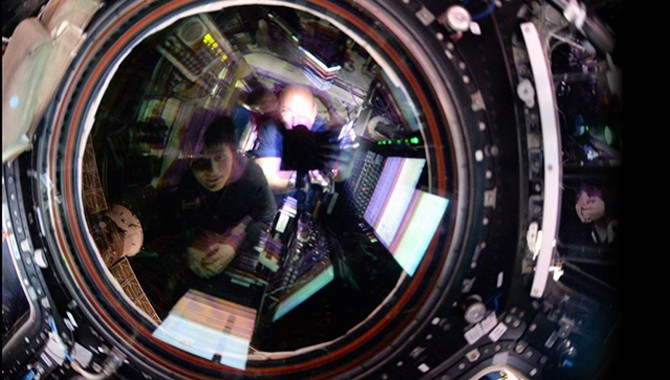
Renowned as a unique research platform for issues affecting human spaceflight, the applications of the International Space Station (ISS) continue to expand.

Renowned as a unique research platform for issues affecting human spaceflight, the applications of the International Space Station (ISS) continue to expand.
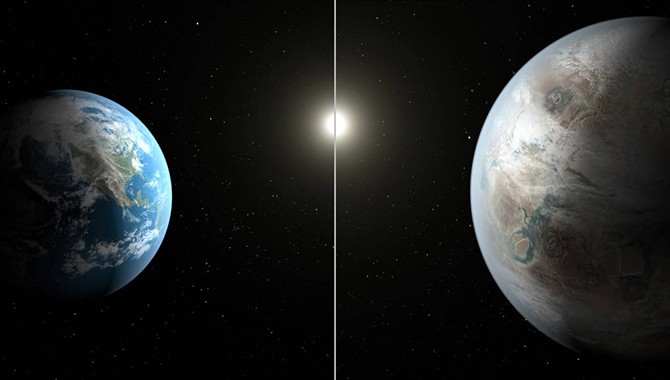
Faced with potentially mission-ending challenges, the Kepler team altered its approach and is now more efficient than ever at identifying Earth-like exoplanets.
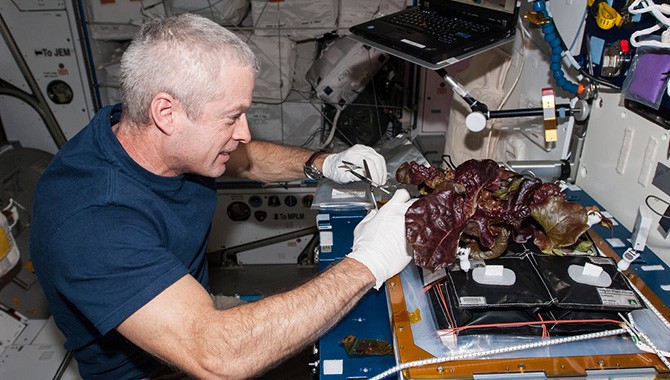
The International Space Station (ISS) is a unique platform for discovery. A recent report from the Government Accountability Office (GAO) focuses on maximizing its value and utility.
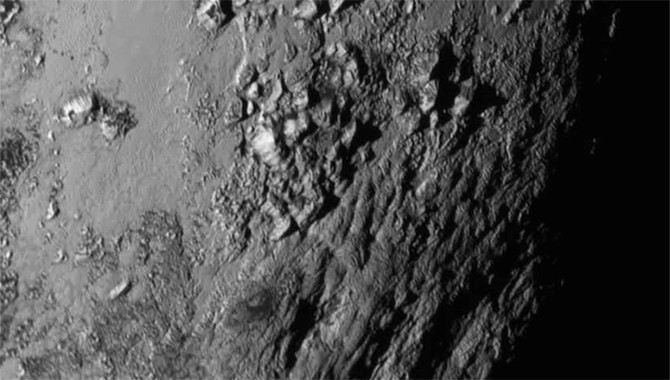
With its historic Pluto flyby, the New Horizons mission ushers in a new era of solar system exploration that may have implications for worlds closer to home.
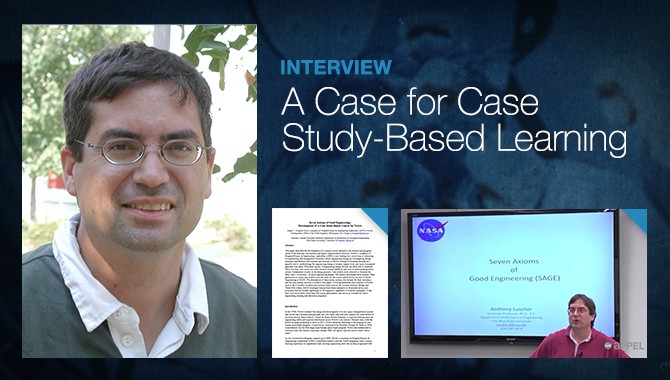
At a recent knowledge management conference, APPEL instructor Anthony Luscher discussed the value of case study-based learning for engineering design.
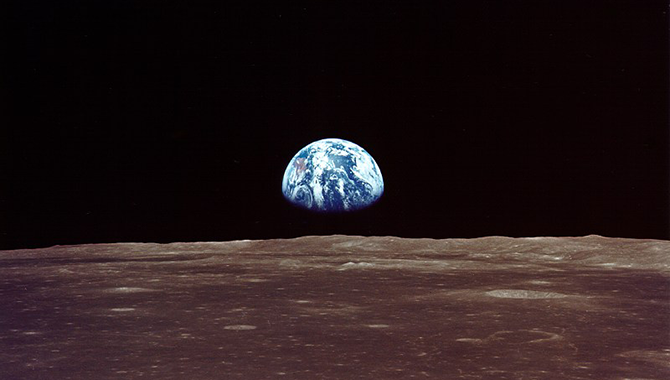
The crew of Apollo 11, the first mission to land humans on the moon, expected a hostile lunar environment. Instead, they stepped out into a surprisingly inviting world.

Ten days before its groundbreaking Pluto flyby, something went wrong on the New Horizons spacecraft. But it will take more than an anomaly to derail this mission.
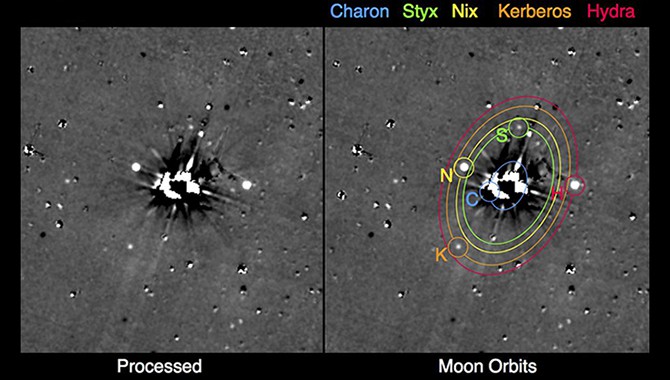
Nearing its closest approach to Pluto, the New Horizons spacecraft is returning novel observations about the mysterious third zone of the solar system.
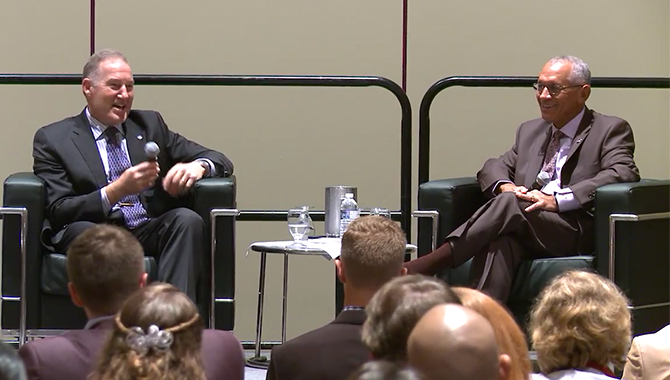
At the 2014 International Astronautical Congress (IAC), Charlie Bolden and Walter Natynczyk shared learnings with young professionals in the global space community.